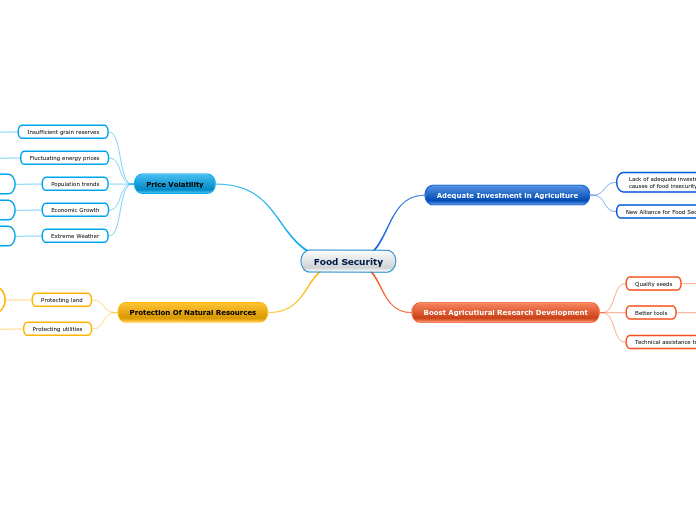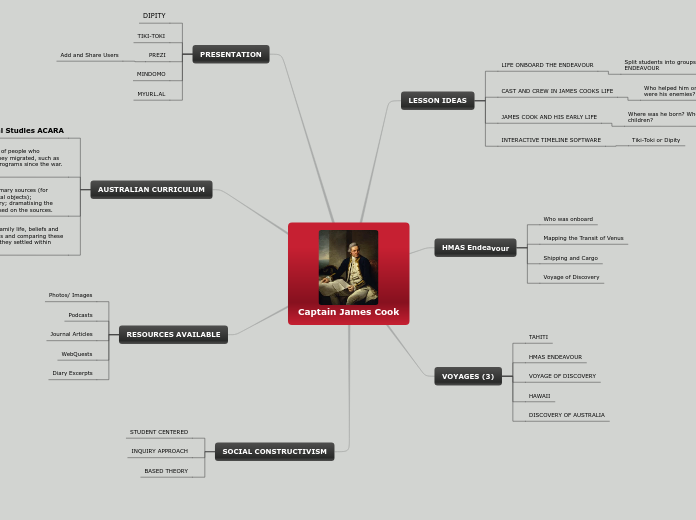Level 1.1 & 1.2
Level 1 - 1.1& 1.2
Level 2 - 2.1
National English Language Curriculum Framework - Grade 1
Use this mind map structure to discover unseen connections, generate new ideas and reach a better understanding of any given subject.
Methodology
The Framework accommodates learners’
linguistic skills, aptitude and English language background
A level based approach supports learners in achieving their potential
The framework show a level based approach to English language
Content
Input speech is slow, clearly articulated and delivered in a familiar
accent.
Learning is supported by images, gestures and
repetition.
Written and spoken texts are very simple, clear and very short.
The topics relate to the learners’ immediate experiences and needs
(i.e. families, friends and school).
Learners will be taught English language through a variety of
songs/rhymes, stories, short conversations, descriptions and
instructions.
Resources
write very short, simple sentences on familiar
topics.
simple texts with the help of pictures
Timing
Not available
Sequence
The Framework describes learning outcomes across a 10-level scale with each level and sub-level aligning
to the CEFR in terms of levels of proficiency and recommended hours of learning
Level Alignment
Level 1 Pre-A1-A1
Level 2 A1 - A1+*
Level 3 A1+ - A2
Level 4 A2 - A2+
Level 5 A2+ - B1
Level 6 B1 - B1+
Level 7 B1+ - B2
Level 8 B2 - B2+
Level 9 B2+ - C1
Level 10 C1 - C2
Objective
In the conclusion you should have a brief summary of your key points.
Grammar Mapping
1.1 &1.2
Conjunctions
subordinating 1.2 only
coordinating
Other verb forms
imperatives
Present tense
present continuous 1.2 only
present simple
Modals
would
can/can’t
Questions
question forms
Pronouns
personal
Possessives
possessive pronouns
. Articles and determiners
definite and indefinite articles
Adverbs
as modifiers
Adjectives
demonstratives (this, that)
possessive (my, your etc.)
common
of size
Functional Language Mapping
1.2
Greetings c
1.1
Understand and use
--
Understand
Understanding and using numbers
Using polite language/expressions
Greetings
Giving personal information
Describing habits and routines
Scope
Functional Language
Grammar
Tasks
images, gestures and
repetition.
songs/rhymes, stories, short conversations, descriptions and
instructions.
Evaluation
Summative assessment
progress checks
diagnostic tests
Formative assessment
marking rubrics
Guides
Assessment
Measuring Progress
summative assessment
continuous and summative assessment running through the term will be considered
there will be a set of online diagnostic tests and progress checks which will be pitched at multiple levels in
order to ascertain a learner’s level
Student Learning Outcomes (SLOs) and Assessment Links
formative assessment
different assessment tools (e.g. projects, quizzes,
exams, rubrics
To differentiate assessment between the sub-levels, the Supporting Syllabus will be used. Functional
language, grammar and vocabulary will be embedded within receptive skills and elicited in productive skills
assessment
Outcomes
writing
Writing Production
En.2.W.WP.1 Write short, simple sentences on familiar topics.
En.1.W.WP.1 Write very short, simple sentences on familiar topics.
Writing Strategies
En.2.W.WS.1 Use phonological awareness and blending strategies to write new words.
En.1.W.WS.2 Write sentences using spacing, capitalisation and full stops.
En.1.W.WS.1 Use phonological awareness and blending strategies to write new words
Handwriting
En.2.W.H.1 Write clearly formed letters and words moving from left to right.
En.1.W.H.1 Write correctly formed letters and words moving from left to right
speaking
Interaction & Production
En.2.S.IP.1 Express own ideas using a range of familiar words, set phrases and expressions.
En.1.S.IP.2 Retell very simple stories and personal experiences using familiar words and set phrases.
En.1.S.IP.1 Express own ideas using familiar words and set phrases.
Fluency
En.2.S.F.1 Use basic language structures when speaking.
En.1.S.F.1 Use basic language structures when speaking
Pronunciation
En.2.S.P.1 Accurately reproduce modelled language. Pronounce words and sentences using correct stress, intonation and rhythm.
En.1.S.P.2 Pronounce learned words using correct stress and intonation
En.1.S.P.1 Accurately reproduce modelled language
reading
En.2.R.CS.1 Read and understand the overall meaning of short, simple texts on familiar topics
En.1.R.CS.1 Read and understand the overall meaning of very short, simple texts with the help of pictures.
Reading Strategies
En.2.R.RS.1 Read frequently encountered words with ease
En.1.R.RS.2 Read the most common high frequency words.
En.1.R.RS.1 Follow words and sentences in English from left to right.
En.2.R.PA.1 Decode unfamiliar words by using phonemic awareness and blending strategies when reading.
En.1.R.PA.1 Decode unfamiliar words by using phonemic awareness and blending strategies when reading.
listening
State the main idea of the essay. This will be your thesis statement.
Comprehension Skills
En.2.L.CS.1 Listen and respond appropriately to peers and adults
En.1.L.CS.2 Listen and understand the overall meaning of very short and simple texts on familiar topics
En.1.L.CS.1 Listen and respond appropriately to peers and adults
Phonological Awareness
En.2.L.PA.1 Listen and identify initial, median and final phonemes in words
En.1.L.PA.1 Listen and identify all phonemes
Lexis
Subtopic
• animals • at home • clothes • colours • education o classroom
objects o classroom activities • family o immediate family •
feelings • food and drink • health and fitness o sport (verbs) • home (around the house) • numbers o 1-10 o ordinal numbers • places o on the farm (verbs and nouns) o town and city (library, school, shop) • shapes • the body o parts of the body o the five
senses o physical appearance • time o days of the week o
seasons o months of the year • transport o vehicles weather
HFW
the, and, a, to, said, in, he, I, of, it, was, you,
they, on, she, is, for, at, his, but, that, with,
all, we, can, are, up, had, my, her, what,
there, out, this, have, went, be, like, some,
so, not, then, were, go, little, as, no, mum,
one, them, do, me, down, dad, big, when, it’s,
see, looked, very, look, don’t, come, will, into,
back, from, children, him, Mr, get, just, now,
came, oh, about, got, their, people, your, put,
could, house, old, too, by, day, made, time,
I’m, if, help, Mrs, called, here, off, asked,
saw, make, an
Phonics
s, a, t, p, I, n, m, d, g, o, c, k, ck, e, u, r, h, b,
f, ff, l, ll, ss, j, v, w, x, y, z, zz, qu, ch, sh, th,
ng, ai, ee, igh, oa, oo









